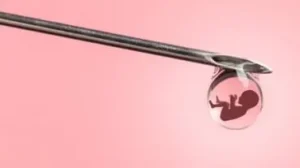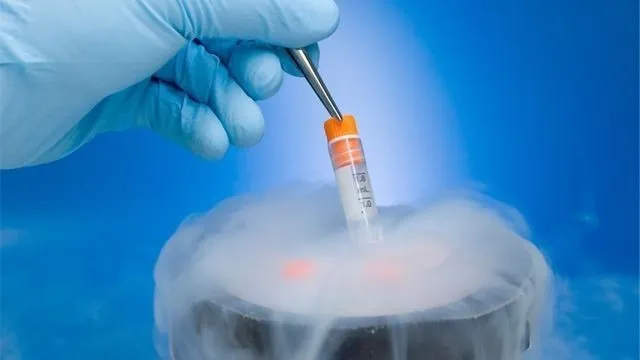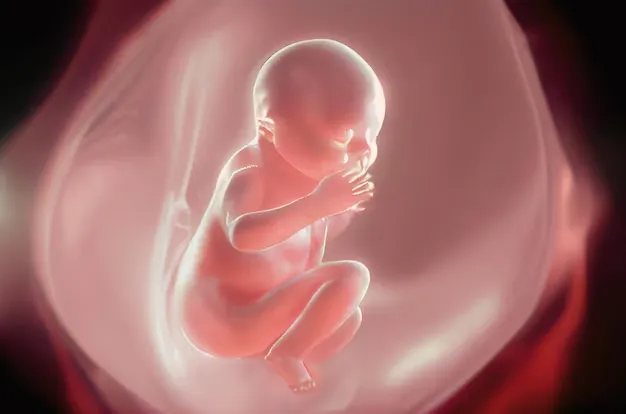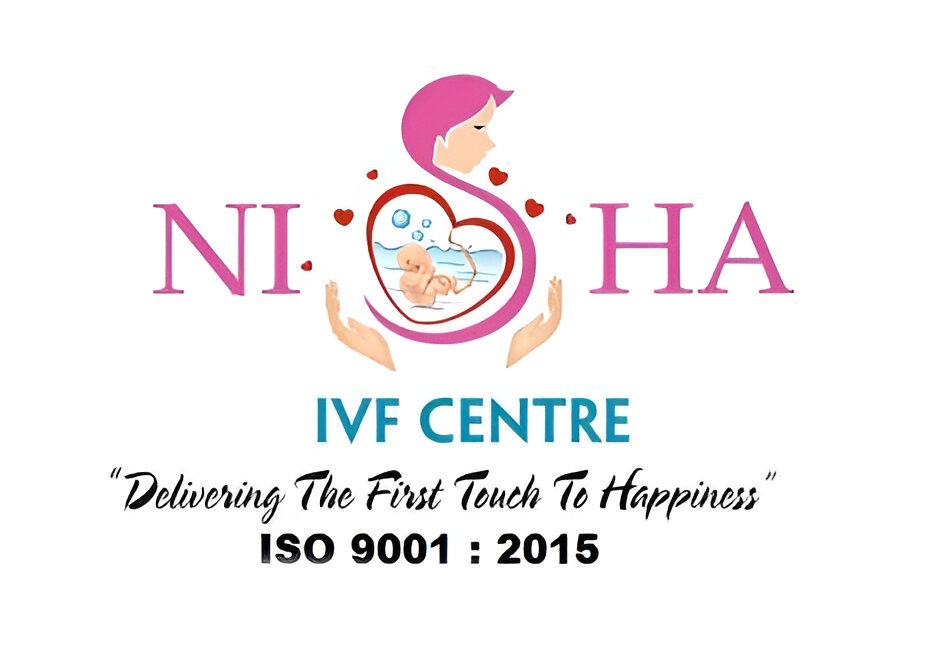Embracing parenthood is a heartfelt dream shared by numerous individuals and couples around the globe. The road to parenting, however, is paved with difficulties for some. Many people investigate multiple fertility treatment options in their quest to fulfil their aspirations due to the emotionally taxing experience of struggling to conceive.
Thanks to this innovative technique, individuals and couples facing challenges with conception now have renewed hope, guided by highly experienced IVF specialists.
“Hatched Embryo Transfer is a technique that offers a promising solution for people facing fertility challenges,” says Dr. Nisarg Patel, Founder of Nisha IVF Centre in Ahmedabad.
In this blog, we will delve into the fascinating world of Hatched Embryo Transfer.
Understanding Hatched Embryo Transfer
The hatched embryo transfer procedure is a cutting-edge method used in ART to increase the likelihood of a successful IVF embryo transfer and pregnancy. The zona pellucida, the embryo’s outer layer of protection, is shed during normal embryo development. Embryos are either aided in hatching naturally or are allowed to hatch naturally before being put into the uterus in a hatched embryo transfer.
The treatment strives to improve implantation rates and raise the possibility of a successful pregnancy by transplanting already-hatched embryos.
“Hatched embryo transfer process involves the transfer of embryos that have successfully emerged from their protective outer shell,” explains Ahmedabad’s IVF specialist Dr. Nisarg Patel. “The embryo can link directly with the uterine lining during the hatching phase, which helps with implantation and subsequent growth.”
When should you consider hatched embryo transfer?
 Hatched embryo transfer requires careful monitoring of embryo development and timing of the transfer to coincide with the ideal hatching stage.
Hatched embryo transfer requires careful monitoring of embryo development and timing of the transfer to coincide with the ideal hatching stage.
Following are some typical circumstances where your fertility specialist may advise hatched embryo transfer:
Prior IVF Failures:
For individuals or couples who have undergone several unsuccessful IVF rounds, transferring already-hatched embryos can increase the likelihood of successful implantation and pregnancy.
Poor Embryo Quality:
Embryos that have displayed indicators of poor quality or slowed growth may receive a boost with careful monitoring and laser assisted hatching.
Thin Endometrial Lining:
Women occasionally have thin endometrial linings, making embryo implantation difficult. Hatched embryo transfers can increase the likelihood of successful implantation by allowing the embryos to make direct touch with the uterine lining during the hatching process.
Advanced Maternal Age:
The quality of a woman’s eggs may deteriorate with age and impact successful embryo implantation. Thus, hatching embryo transfer may be advised to improve the chance of successful implantation.

“If you are planning on having a late parenthood, it is best that you preserve your fertility by the Cryopreservation technique,” advises Dr. Nisarg Patel.
Difference between hatching and hatched blastocyst
Hatching Blastocyst:
Blastocyst is a stage of the embryo that is advanced in its development and usually appears 5 to 6 days after fertilization.
When referring to a blastocyst, the term “hatching” describes the process by which the embryo cracks open its protective shell (the zona pellucida). This natural hatching process enables the embryo to come close to the uterine lining in preparation for implantation.
Hatched Blastocyst:
A hatched blastocyst occurs when the embryo successfully breaks free from its protective shell and establishes contact with the uterine lining. Compared to an unhatched blastocyst, the hatched blastocyst is thought to have a higher likelihood of successful implantation and pregnancy.
Blastocyst transfer is a commonly operated assisted reproductive technique, that involves careful placement of a hatched embryo into the uterus, maximizing the chances of successful implantation and increasing the likelihood of a healthy pregnancy.
Benefits of hatched embryo transfer
The following are some benefits of hatching embryo transfer:
- Increased Implantation Potential: Hatched embryos have already broken through their outer protective layer, or zona pellucida, increasing their chances of implanting. The embryo and endometrium can interact better, potentially improving the chances of successful implantation.
- Improved Pregnancy Rates: Hatched embryos are in a more advanced stage of development and can increase pregnancy rates.
- Improved Embryo Selection: By choosing hatching embryos that have successfully passed a crucial developmental milestone for transfer, fertility doctors could improve the overall quality and survivability of the transferred embryos.
- Addressing Specific Challenges: Hatched embryo transfer can help resolve particular patient issues or obstacles, such as poor embryo quality, a thin uterine lining, or prior unsuccessful IVF treatments.
- Personalized Care: Fertility professionals can choose the best embryos to transfer based on the needs and circumstances of each patient by evaluating the developmental stage and hatching status of the embryos.
If you or a loved one needs medical intervention to get pregnant, please visit Dr. Nisarg Patel, an IVF professional at Nisha IVF Centre in Ahmedabad. He carefully evaluates each patient’s or couple’s unique needs and problems to choose the best action to maximize their chances of becoming pregnant.
Post Hatched Embryo Transfer

Following a transfer of a hatched embryo, the following things typically take place:
- Embryo Placement: The doctor delicately moves the hatched embryos into the uterus using a catheter. Typically, ultrasound guidance is used during the process to guarantee precise implantation.
- Rest and recovery: Patients are typically instructed to nap after the transfer. Some fertility clinics can advise brief periods of modified bed rest or advice against engaging in heavy activity for a day or two.
- Waiting Period: Following the transfer of a hatched embryo, patients must wait 10 to 14 days before getting a pregnancy test.
- Testing for Pregnancy: A blood or urine sample is taken to detect the presence of the pregnancy-related hormone known as human chorionic gonadotropin (hCG).
- Follow-up and Monitoring: If the pregnancy test is positive, the patient will often be monitored regularly with blood tests and ultrasounds to ensure the pregnancy is developing normally. The medical staff will offer advice on prenatal care, including prescription drugs, dietary changes, and checkup schedules.
In the event of a poor outcome, you may require additional conversations with the fertility specialist to assess the next steps or possible modifications to the treatment plan.
Success Rate

The hatched embryo transfer success rates can vary depending on:
- the age and general health of the person or couple
- the quality of the embryos
- the underlying cause of infertility
- the experience of the fertility clinic and specialists
Studies indicate that hatching or transferring hatched embryos may increase the likelihood of successful implantation and pregnancy compared to transferring unhatched embryos. Hatched embryos have shown the capacity to move through the developmental stages, which may boost their viability and implantation potential. “This groundbreaking treatment opens up new options for people who are having trouble getting pregnant,” adds fertility expert Dr. Nisarg Patel, a IVF doctor in Ahmedabad. “By utilizing the science of embryo development and utilizing the potential of hatched embryos, it gives them renewed hope for the future of parenthood.”
Frequently Asked Questions
Q.1 How long does it take a fully hatched embryo to implant?
A: Whether the egg has hatched or not, the implantation process usually happens six to ten days following fertilization. The precise timing can vary from person to person. It may also be influenced by elements like the embryo’s quality and the uterine lining’s receptivity.
Q.2 Can a hatching embryo split into twins?
A: An embryo that is hatching has the potential to split, giving rise to twins, a phenomenon known as Monozygotic twinning or identical twinning. The production of genetically identical twins is possible when a developing embryo separates into two distinct embryos.
Q.3 Is a hatched embryo bad?
A: The phrase “hatched embryo” typically describes an embryo that has advanced to a later stage of development, where the embryonic shell, known as the zona pellucida, begins to split open or hatch. This is a procedure that embryos go through before implantation and is normal and expected.

